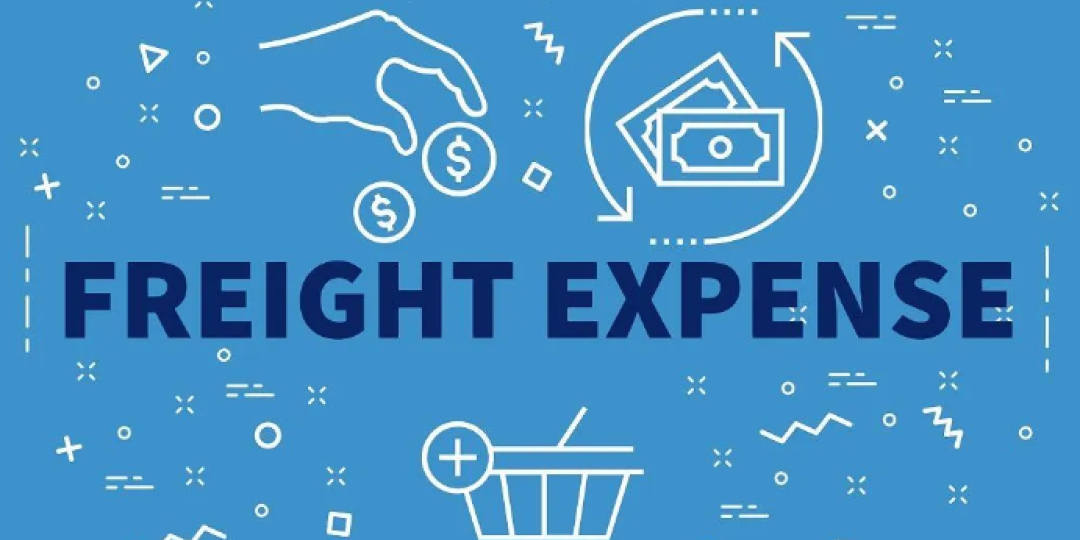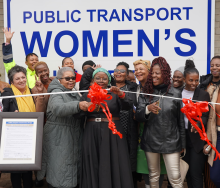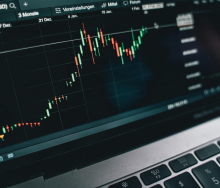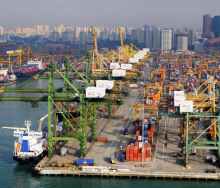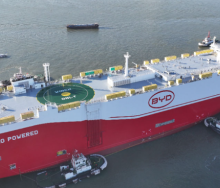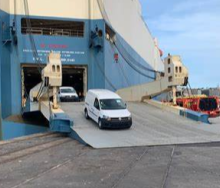Danish line Maersk has announced a significant change in its billing practices for fuel-related surcharges.
The world’s second-biggest line by order of containers has introduced a new Fossil Fuel Fee (FFF), which combines two previous charges: the bunker adjustment factor surcharge (BAF) and the low sulphur surcharge (LSS).
The May 31 announcement of the new fee structure is expected to take effect immediately.
The FFF aims to simplify the billing process for customers by consolidating two separate charges into a single fee.
The BAF was previously used to account for fluctuations in the cost of bunker fuel, which is used to power Maersk's vessels.
The LSS, on the other hand, was introduced in response to the International Maritime Organization's (IMO) 2020 regulations, which mandated a reduction in sulphur emissions from ships.
By grouping these two charges under the FFF, Maersk aims to provide greater transparency and predictability for its customers.
The company believes that this change will help to reduce administrative burdens and make it easier for customers to manage their costs.
Maersk has not disclosed the exact details of the new FFF, including the rates or how they will be calculated.
However, the company has stated that it will continue to monitor fuel prices and adjust the fee accordingly to ensure that customers are not unfairly impacted by fluctuations in the market.
The introduction of the FFF is part of Maersk's ongoing efforts to adapt to changing environmental regulations and market conditions.
The company has been at the forefront of the industry's shift towards cleaner and more sustainable fuels, and the new fee structure is seen as a key step in this process.
Maersk's decision to unify its fuel-related surcharges under a single banner is likely to have significant implications for the shipping industry as a whole.
As the company continues to navigate the challenges of a rapidly changing market, its customers will be closely watching to see how the FFF is implemented and how it affects their bottom line.
